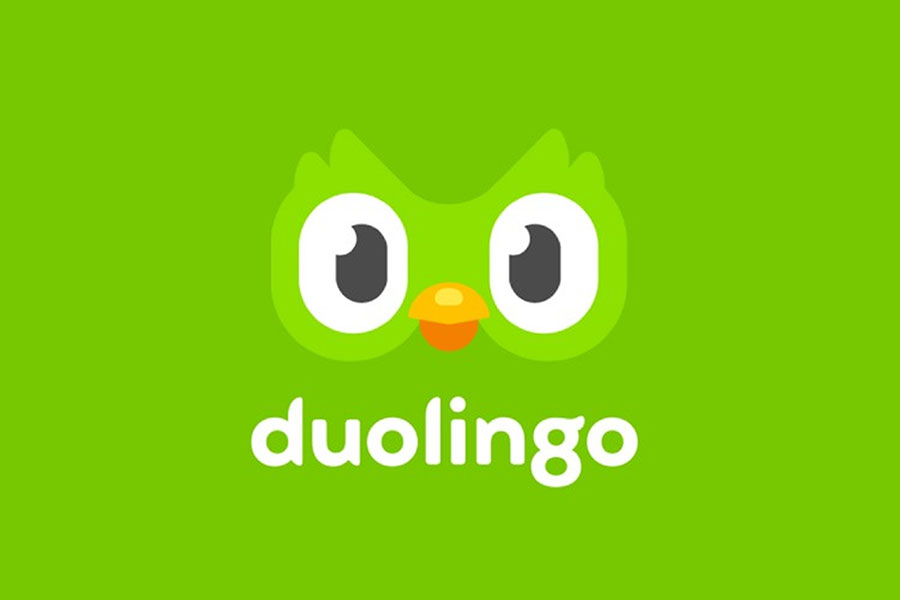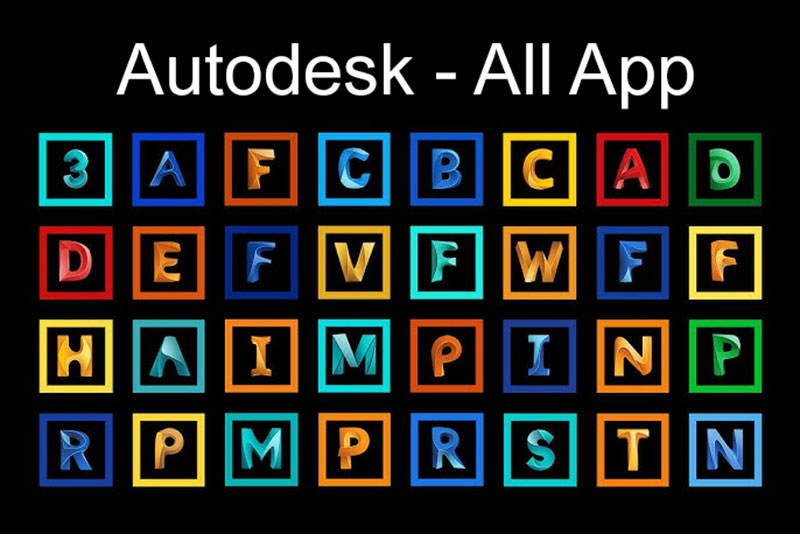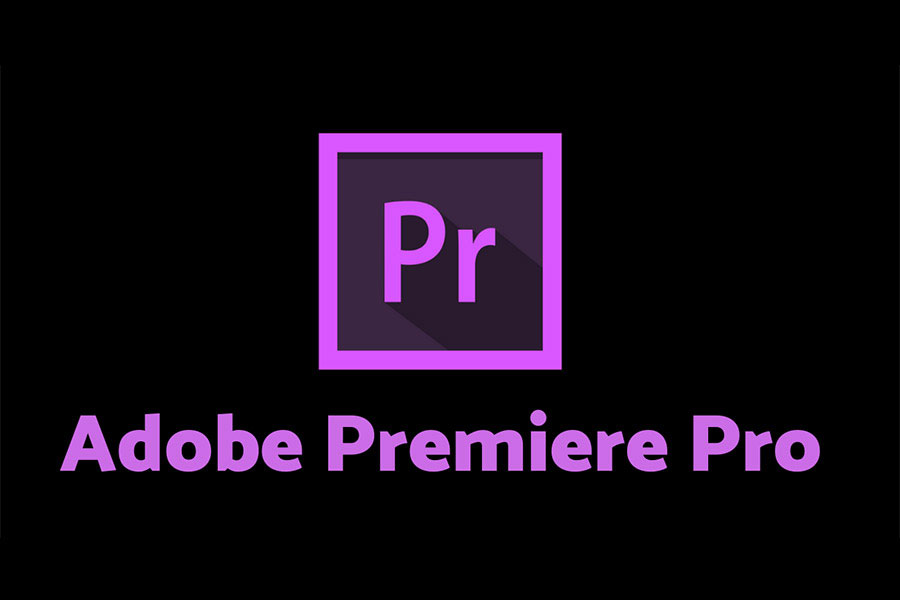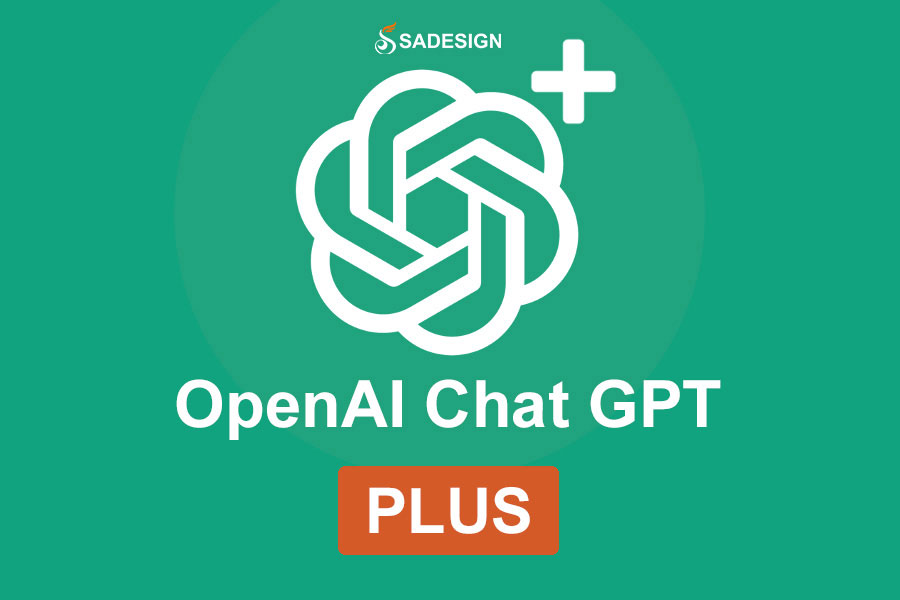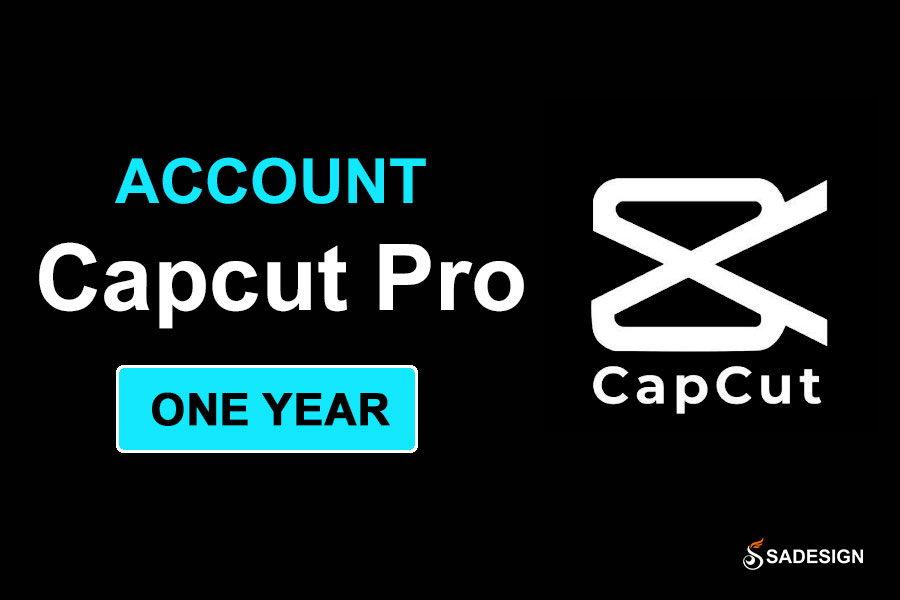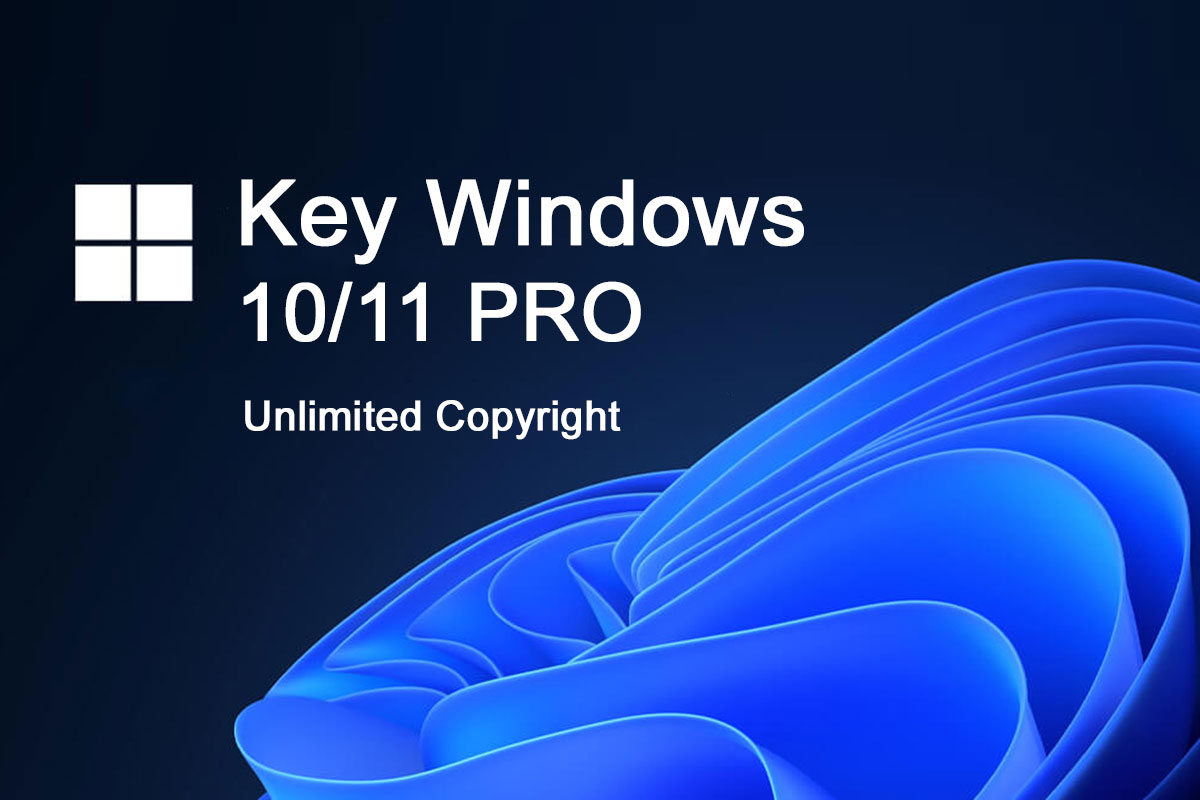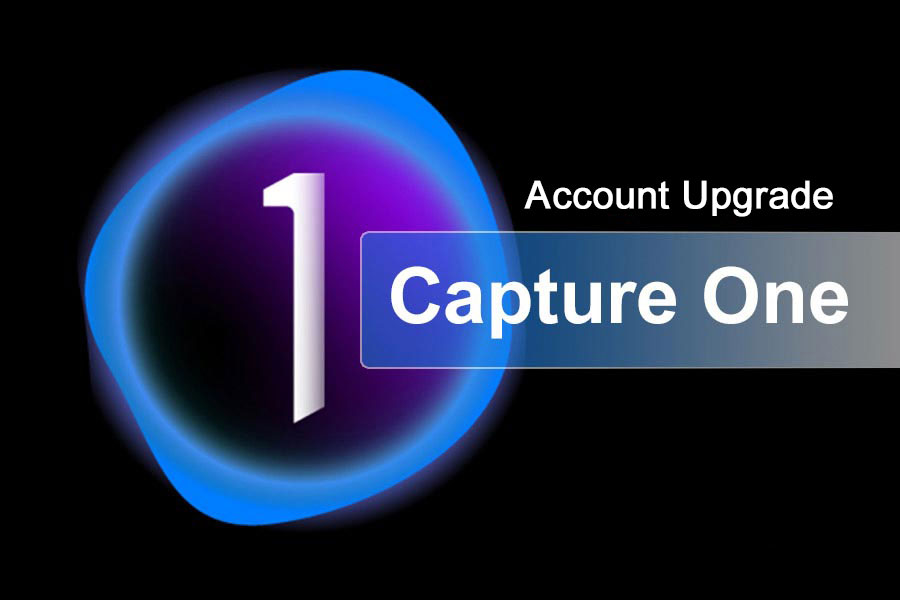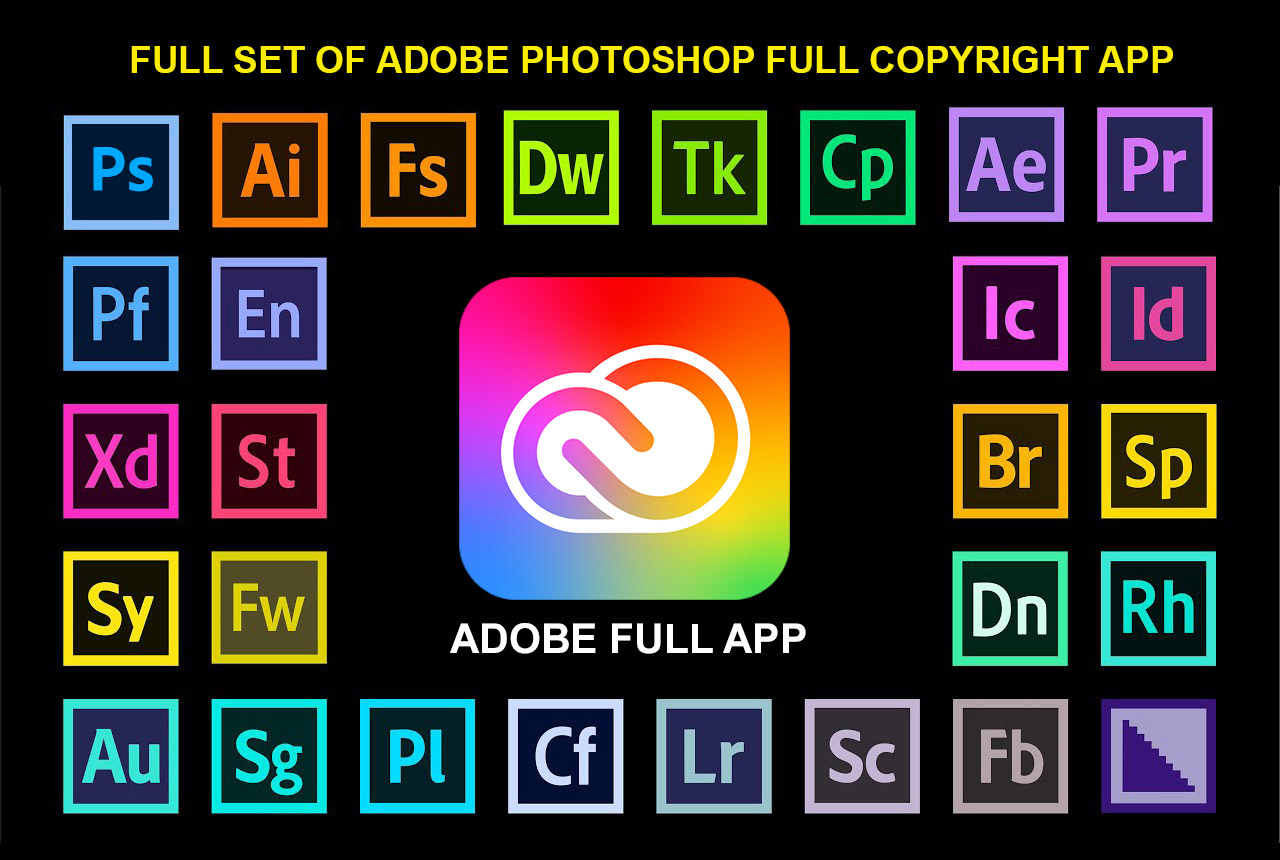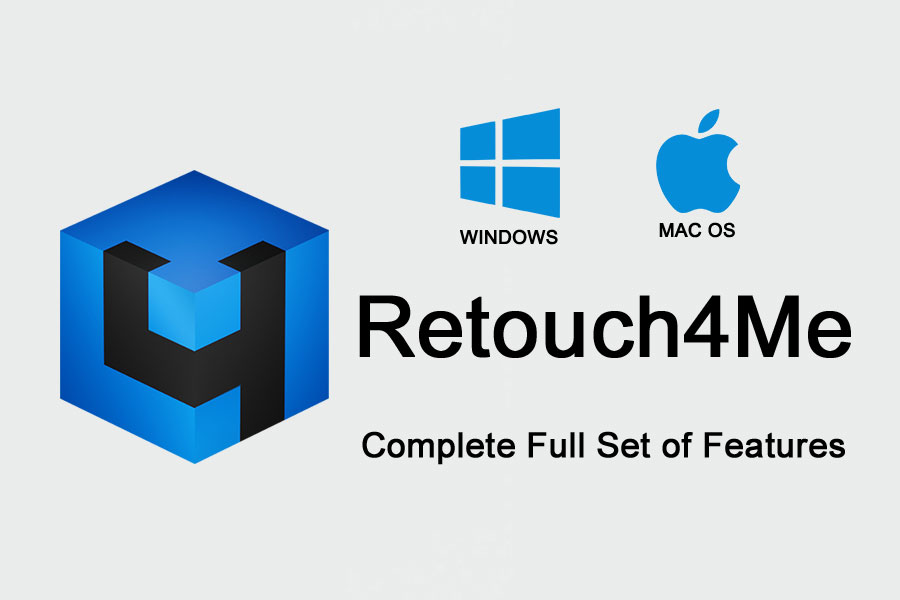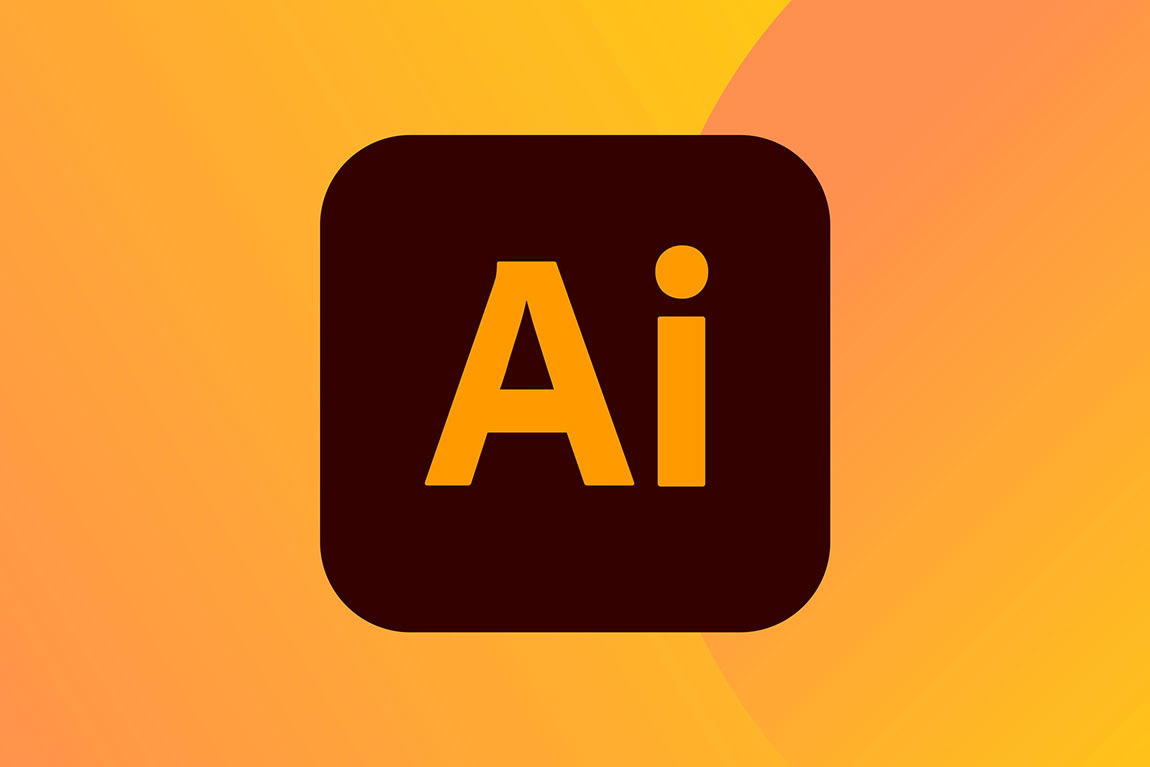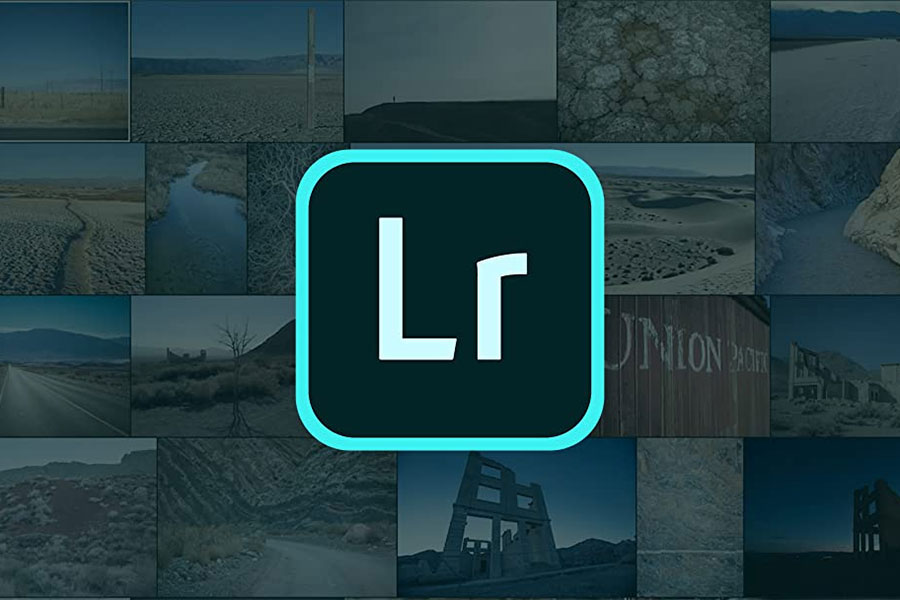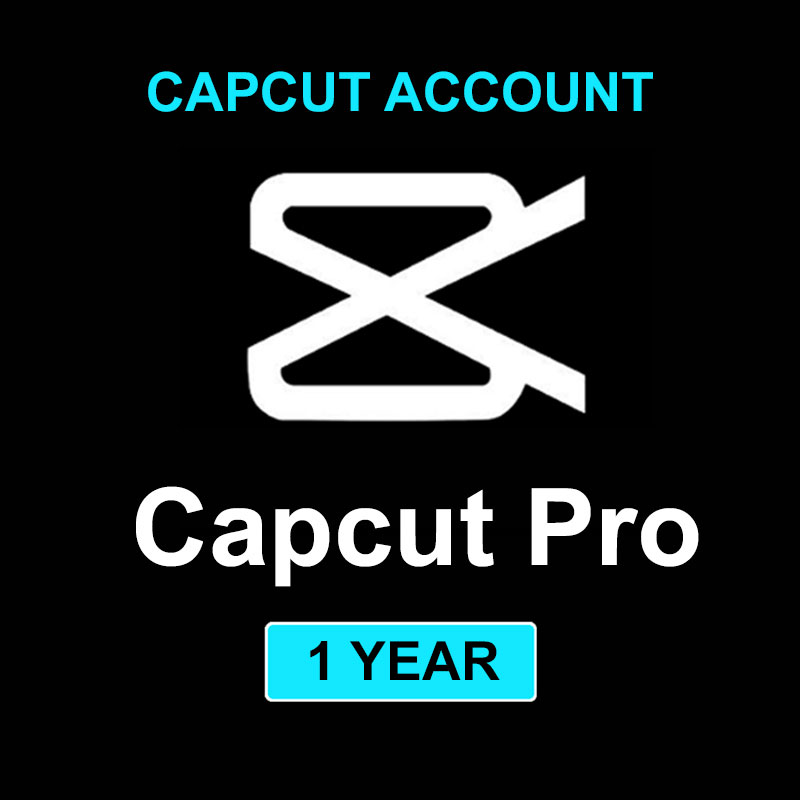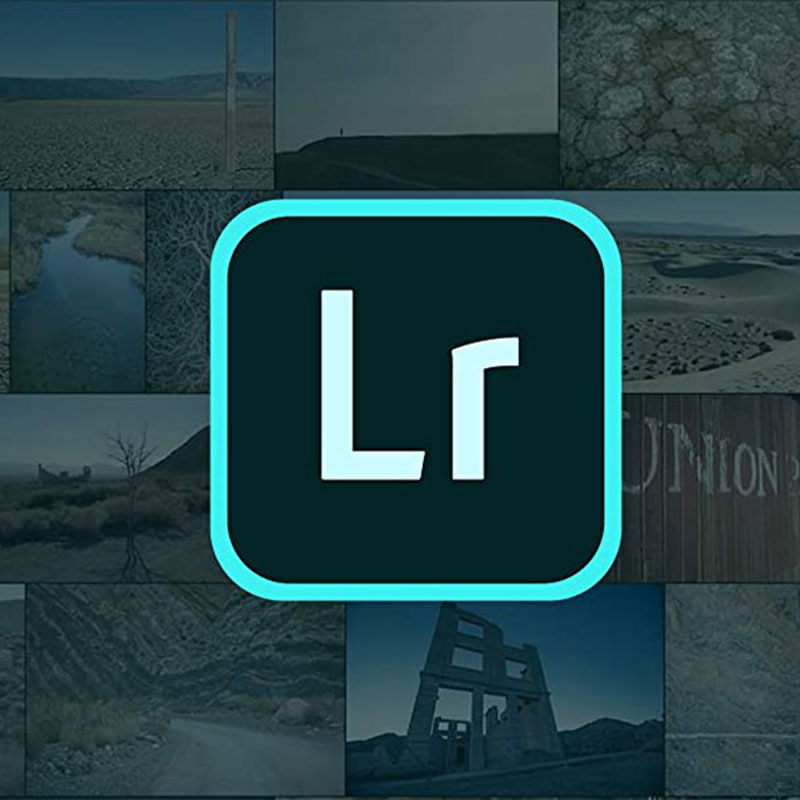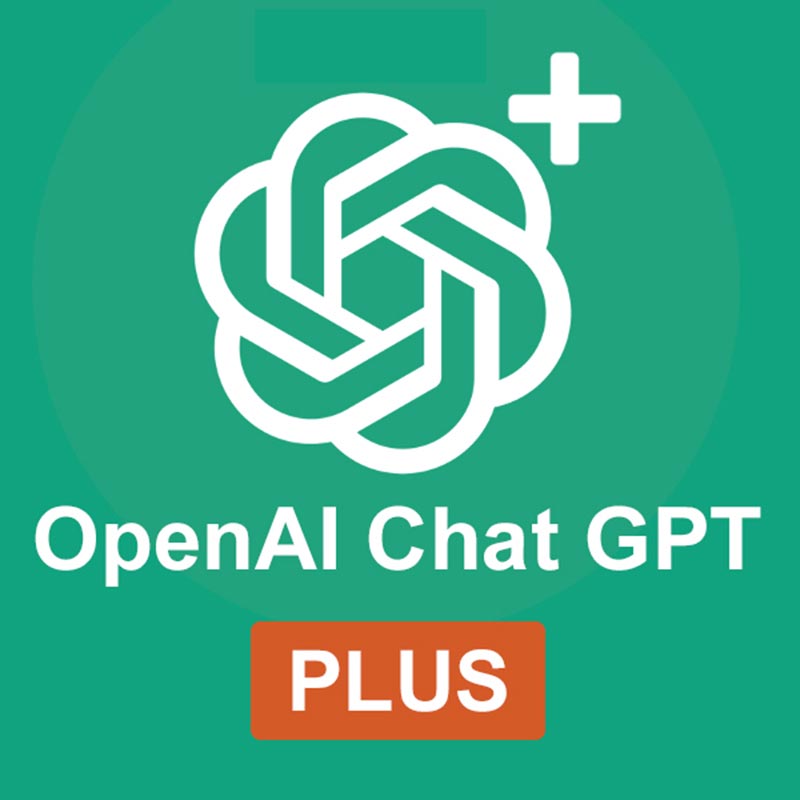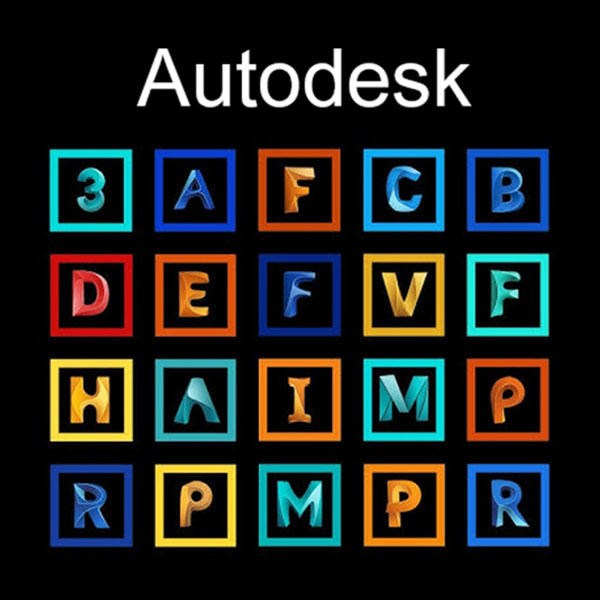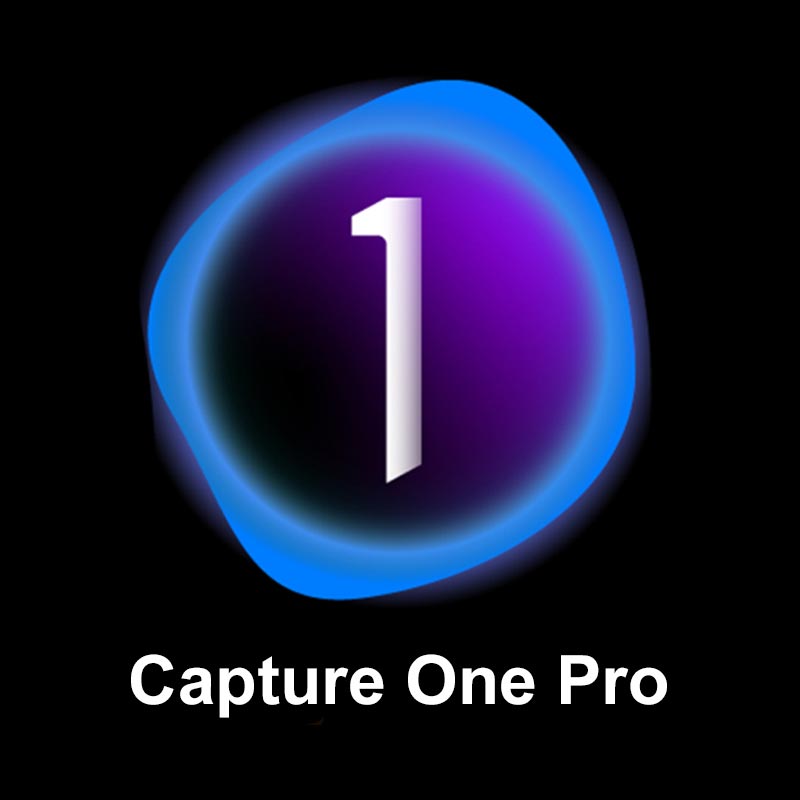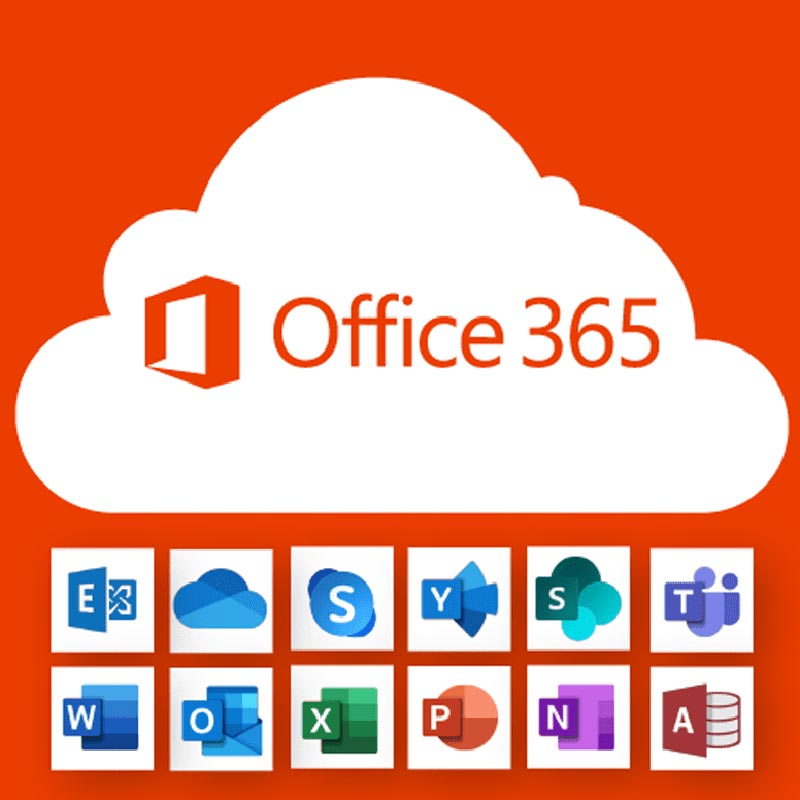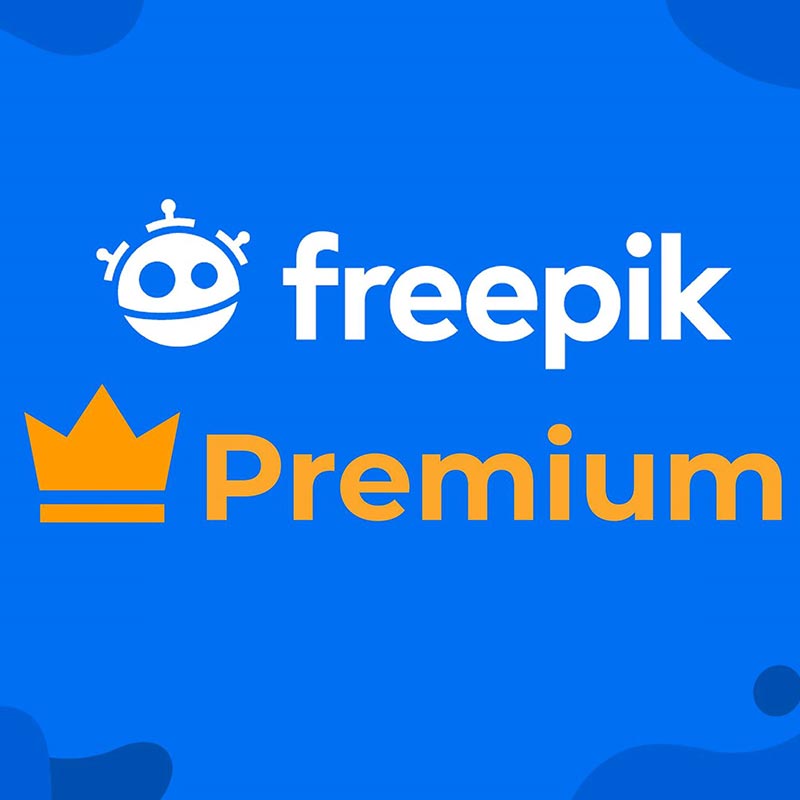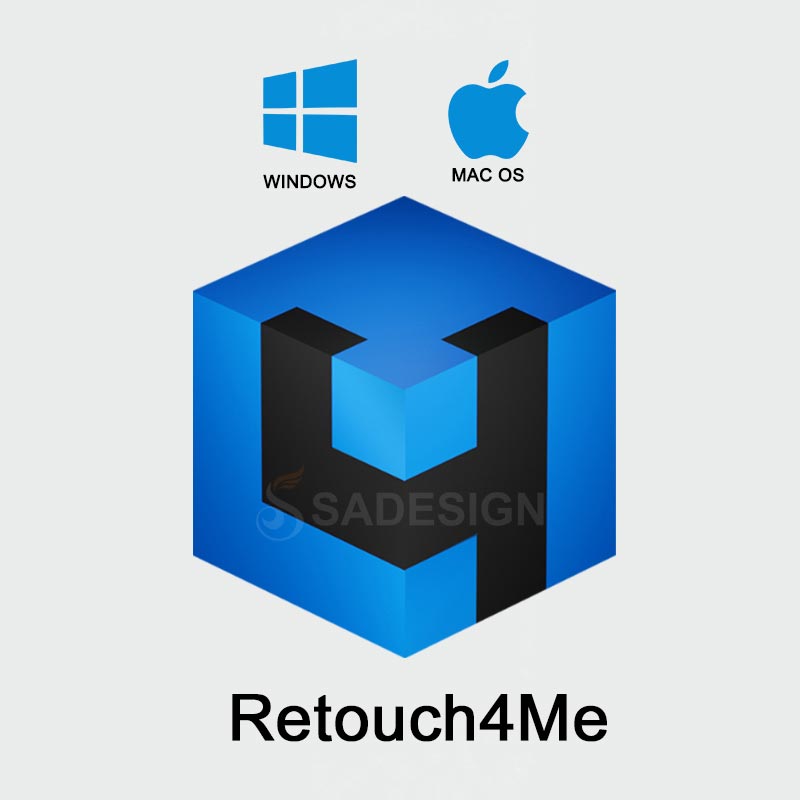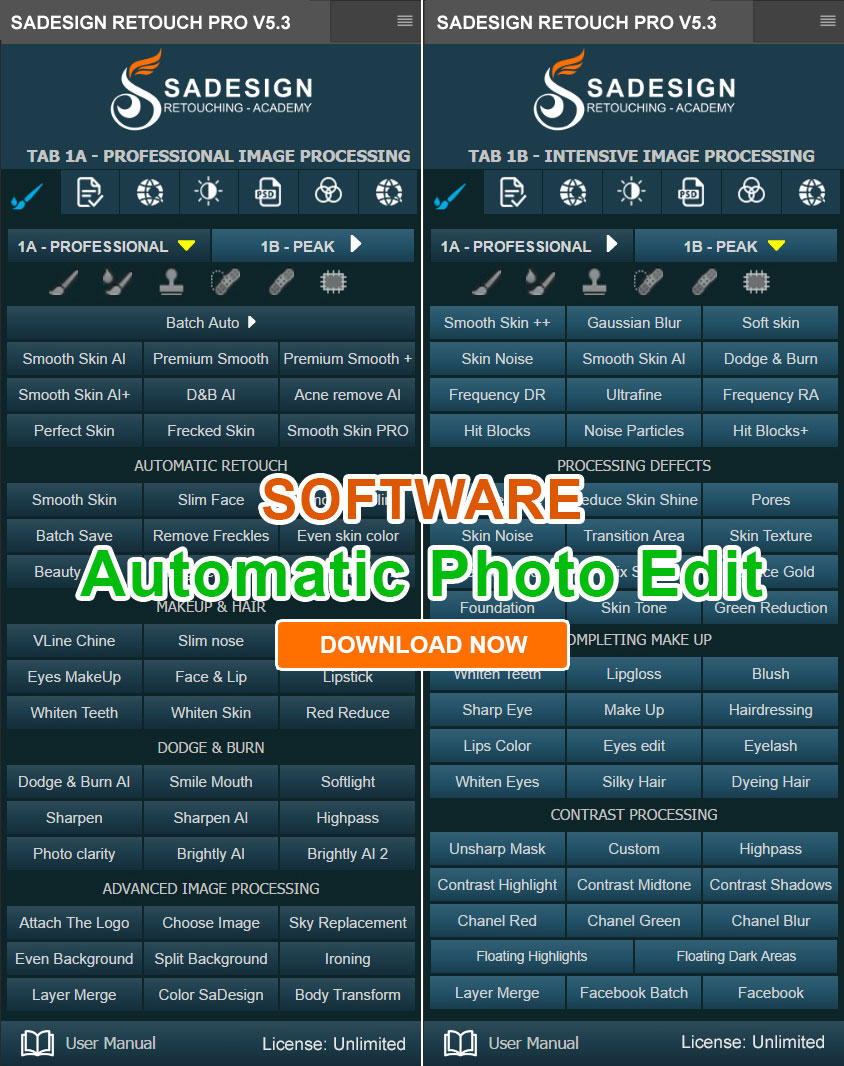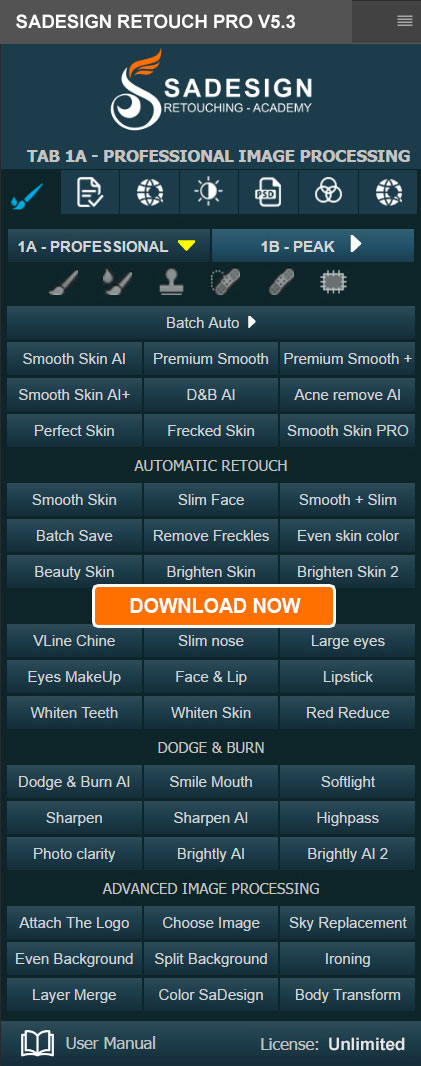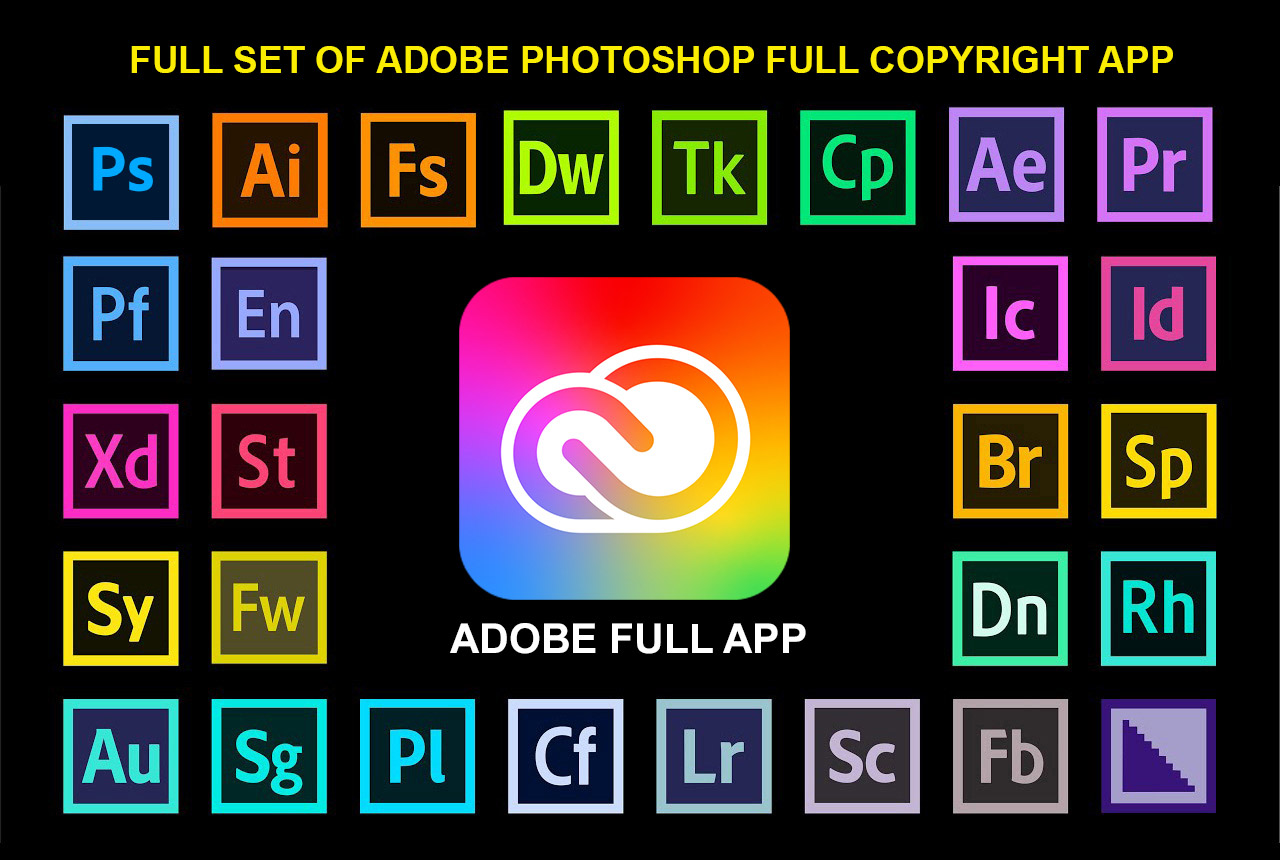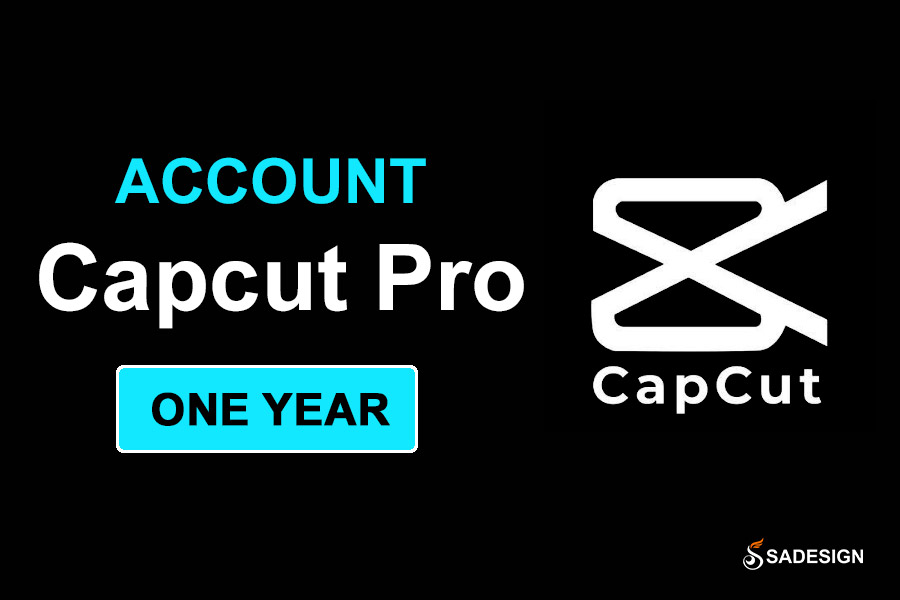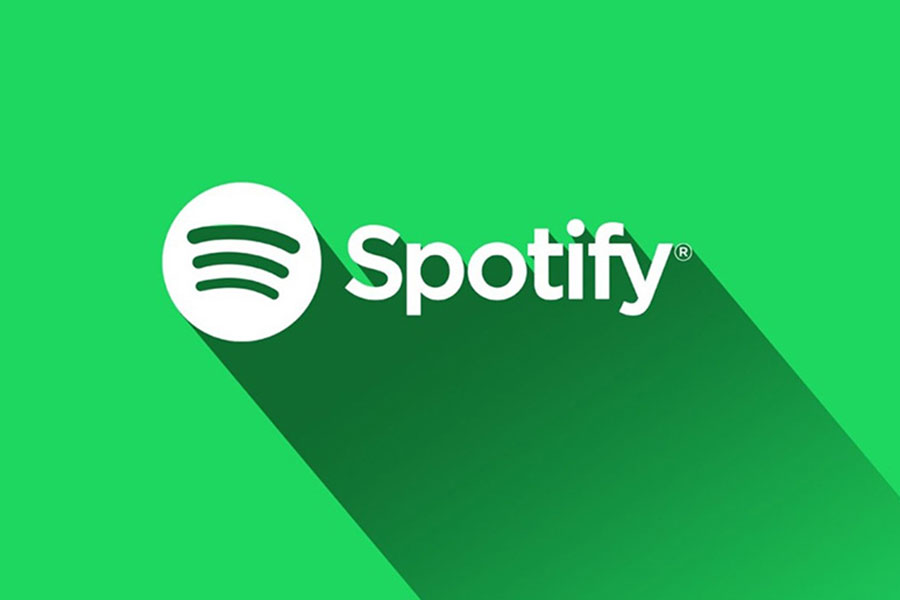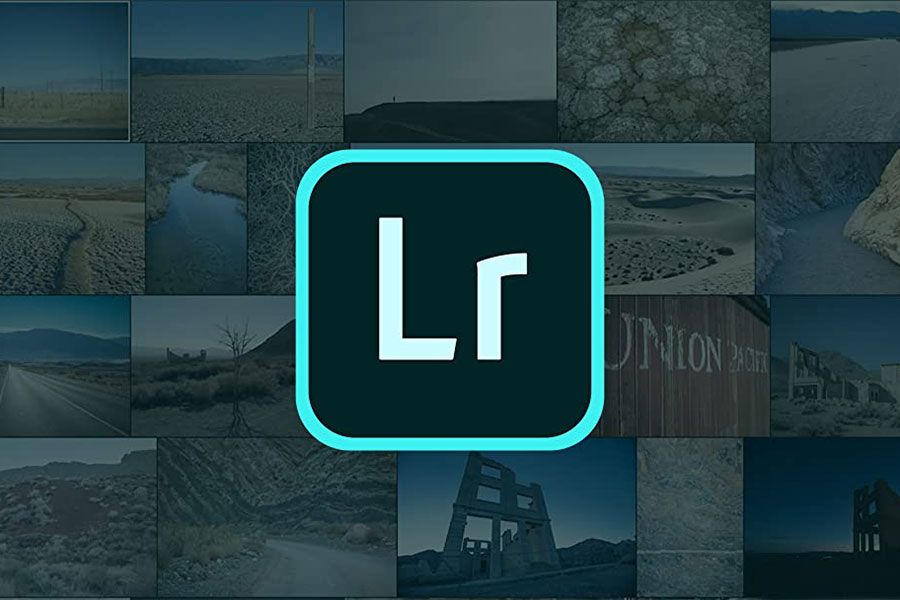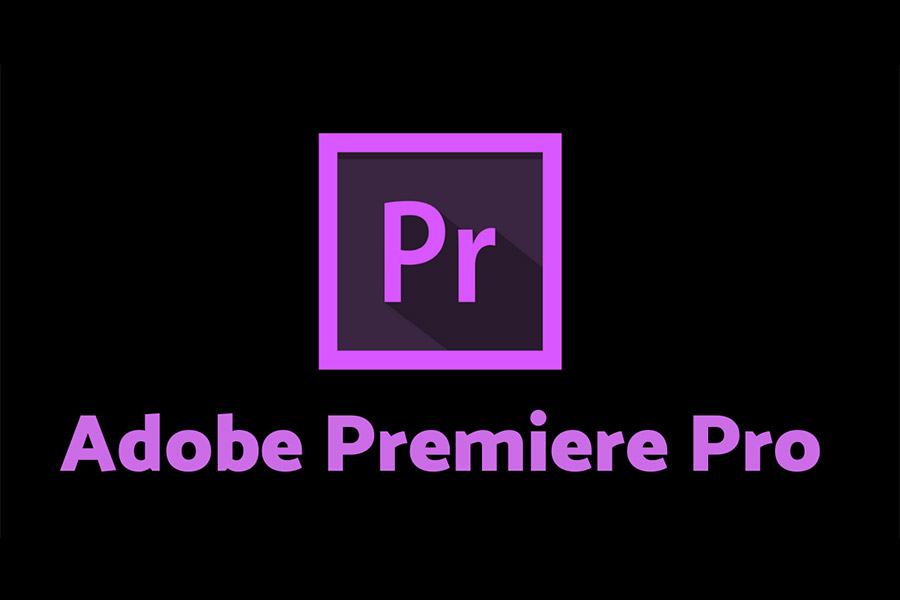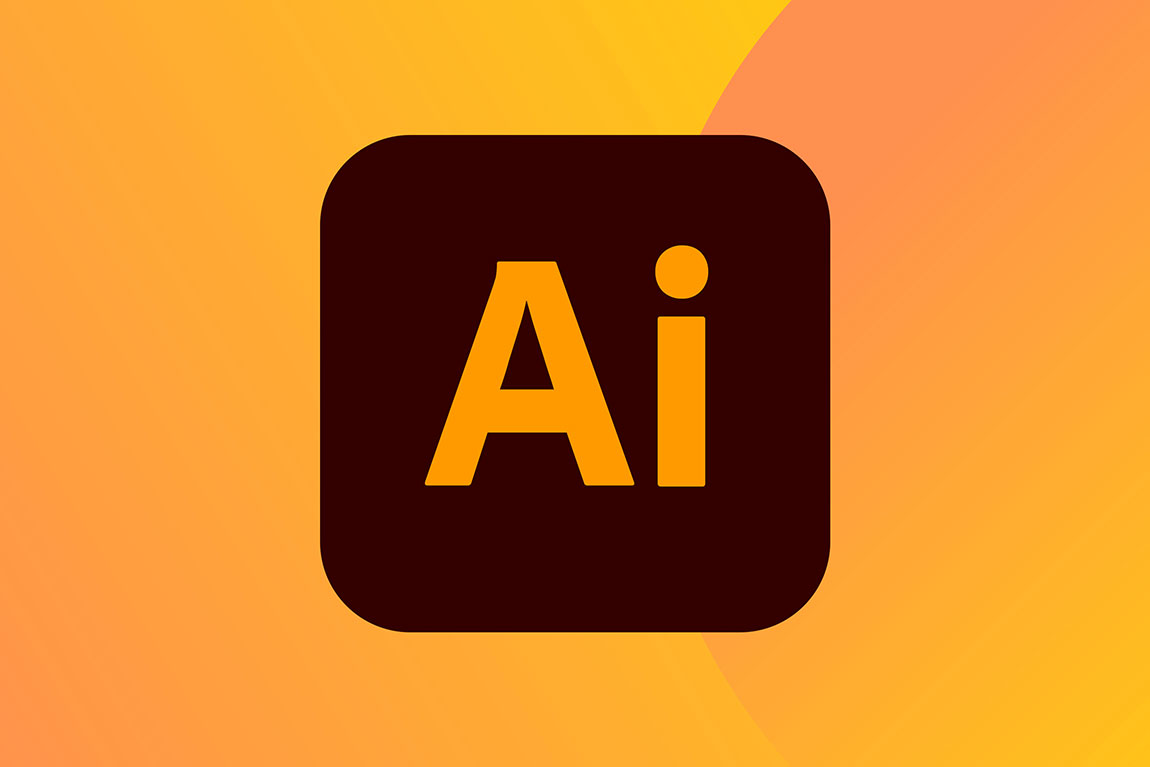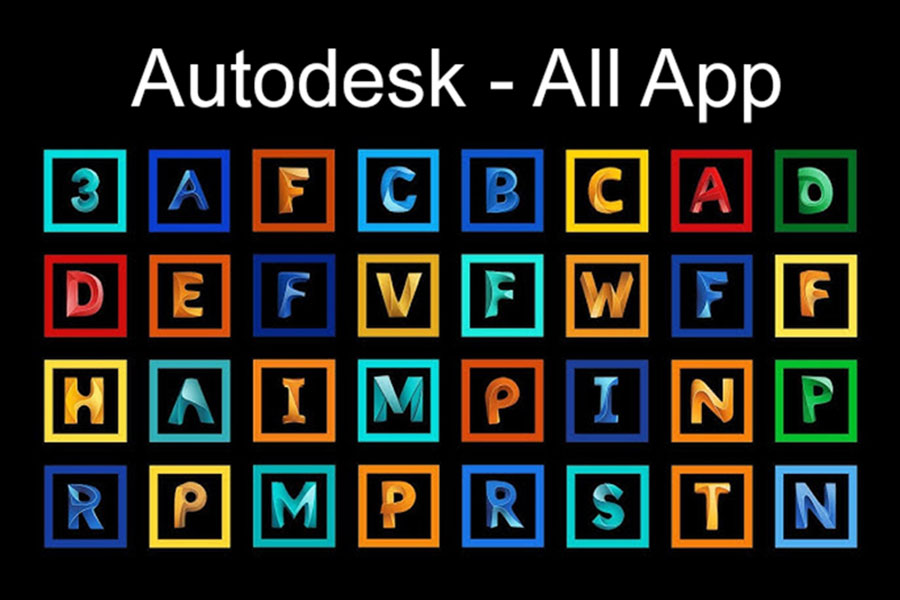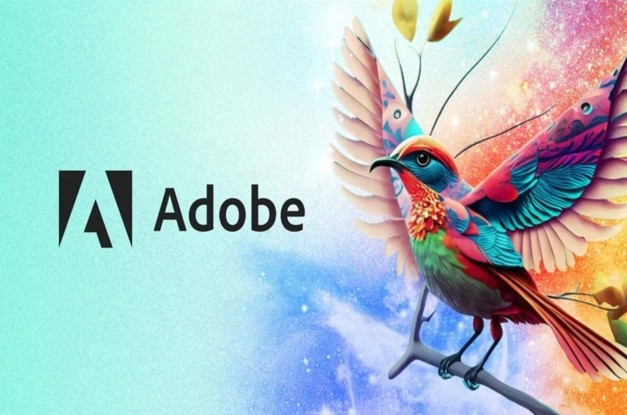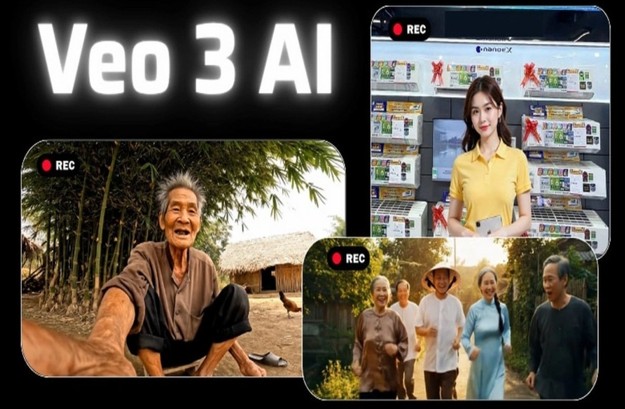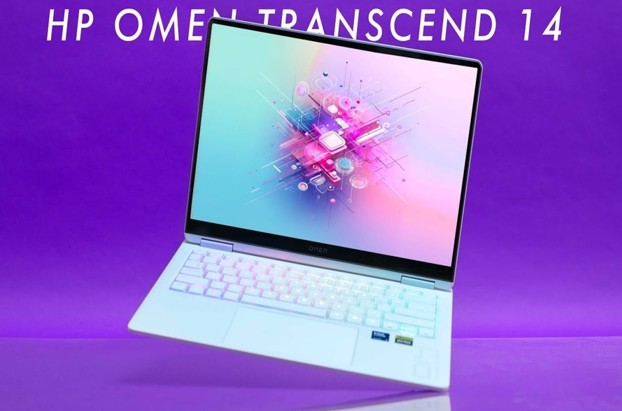Best Selling Products
AI's Biggest Players in the First Half of 2025: Who's Really Leading?
Nội dung
Big names have been releasing new models one after another, such as Google's Gemini 2.5 Pro, Meta's Llama 4, or OpenAI's GPT-4.1.
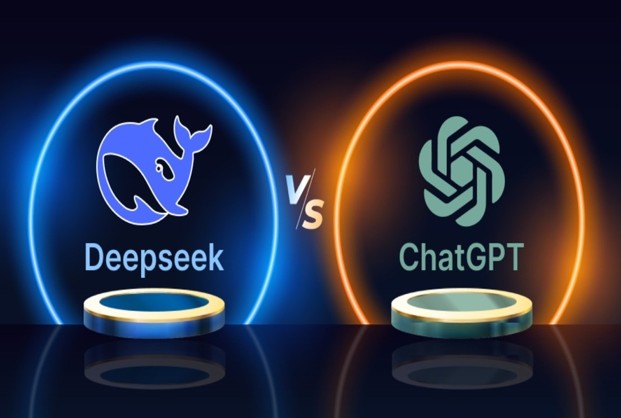
The first half of 2025 has witnessed a series of exciting movements in the global artificial intelligence (AI) industry. Big names have launched new models such as Google's Gemini 2.5 Pro, Meta's Llama 4, and OpenAI's GPT-4.1. But above all, China's DeepSeek R1 has become the center of shock for the entire industry. Behind these products are strategic calculations, record investments, and unprecedented stories.
1. America's $500 billion AI super project
As early as January 2025, US President Donald Trump caught the attention of the technology world when he announced the Stargate project – a plan to build a giant AI infrastructure, considered a boost to maintain America's leading position in the global AI race. This project was jointly initiated by OpenAI, the US technology corporation Oracle and Japan's SoftBank.
Initially, the investment commitment for Stargate was $100 billion, a figure that would have been enough to create massive data centers running millions of the world’s most advanced GPU chips. But within a few weeks, that figure was announced to be $500 billion over four years, a figure that far exceeds the defense budgets of many average countries.
Stargate’s goal is not simply to expand computing capacity. The project is designed to build mega data centers, primarily in Texas, where the climate, land availability, and tax policies are favorable. These centers will be the “brains” of the next generation of AI, providing processing power for large language models (LLMs), training artificial superintelligence (AGI), and at the same time providing cloud computing infrastructure for countless American startups and technology corporations.
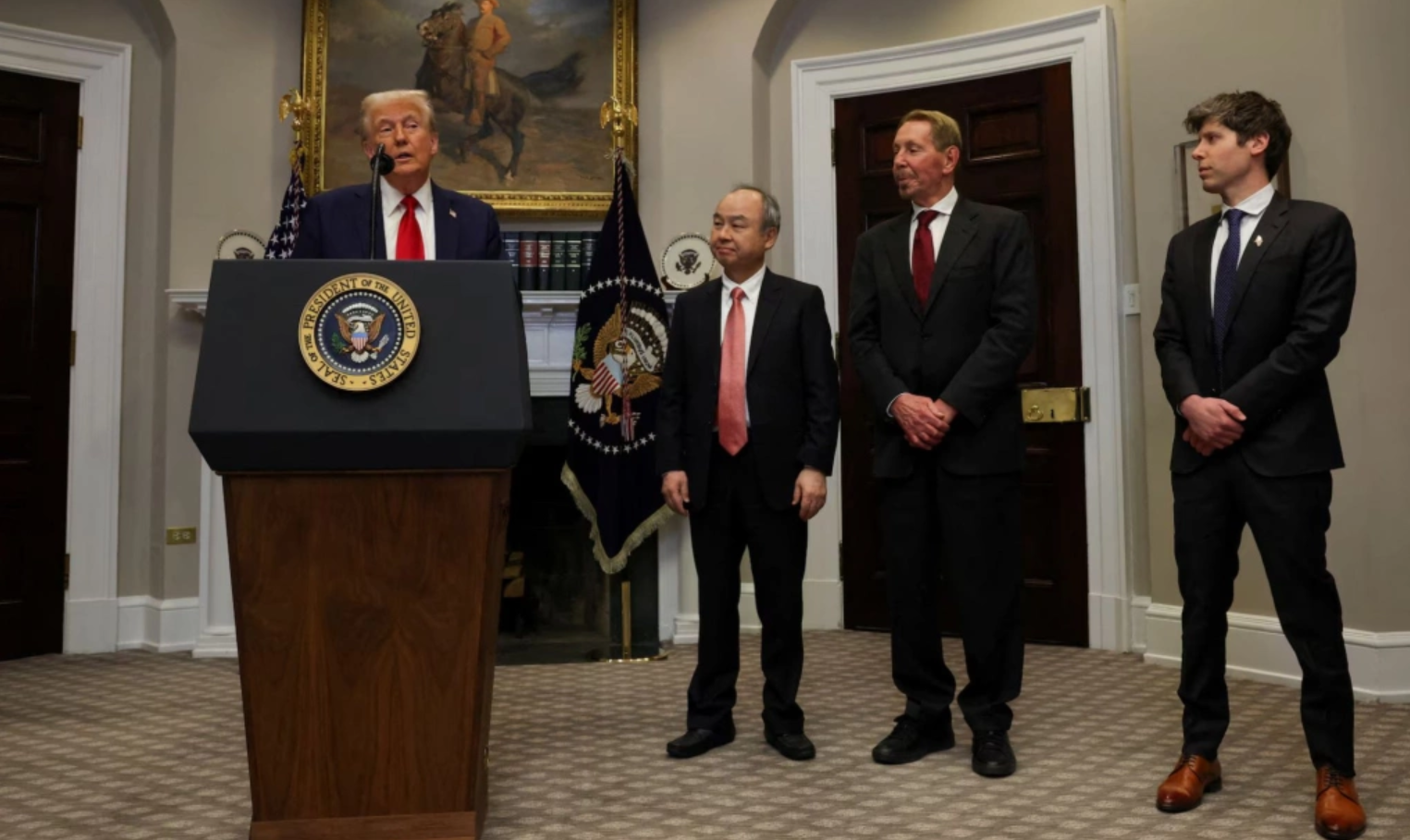
However, not everyone believes in the feasibility of this ambitious project. Elon Musk, one of the world's most influential entrepreneurs and a strong voice in the field of AI, has not hesitated to express his skepticism. On the X platform, Musk said that the actual capital committed by SoftBank is only "less than $10 billion", a figure too small compared to the announcement of pouring hundreds of billions of dollars.
On January 23, when reporters asked about Musk’s remarks at the White House, President Trump dismissed these concerns. He asserted: “That’s not true. He (Musk) hates one of the people in this deal. The other people are very, very smart.” This statement was a way to reassure investors and the technology community, but at the same time revealed the hidden conflicts in the US technology industry, where AI ambitions are pushing technology billionaires into endless underground races.
2. DeepSeek R1 shakes up the AI industry
If America's Stargate represents financial power and infrastructure strength, China shows a completely different approach with the name DeepSeek R1.
On January 20, DeepSeek announced R1, an open-source reasoning model that it claims has superior reasoning capabilities to existing LLM models. Notably, the cost of the announcement was only $6 million—an incredibly small sum compared to projects like Stargate.
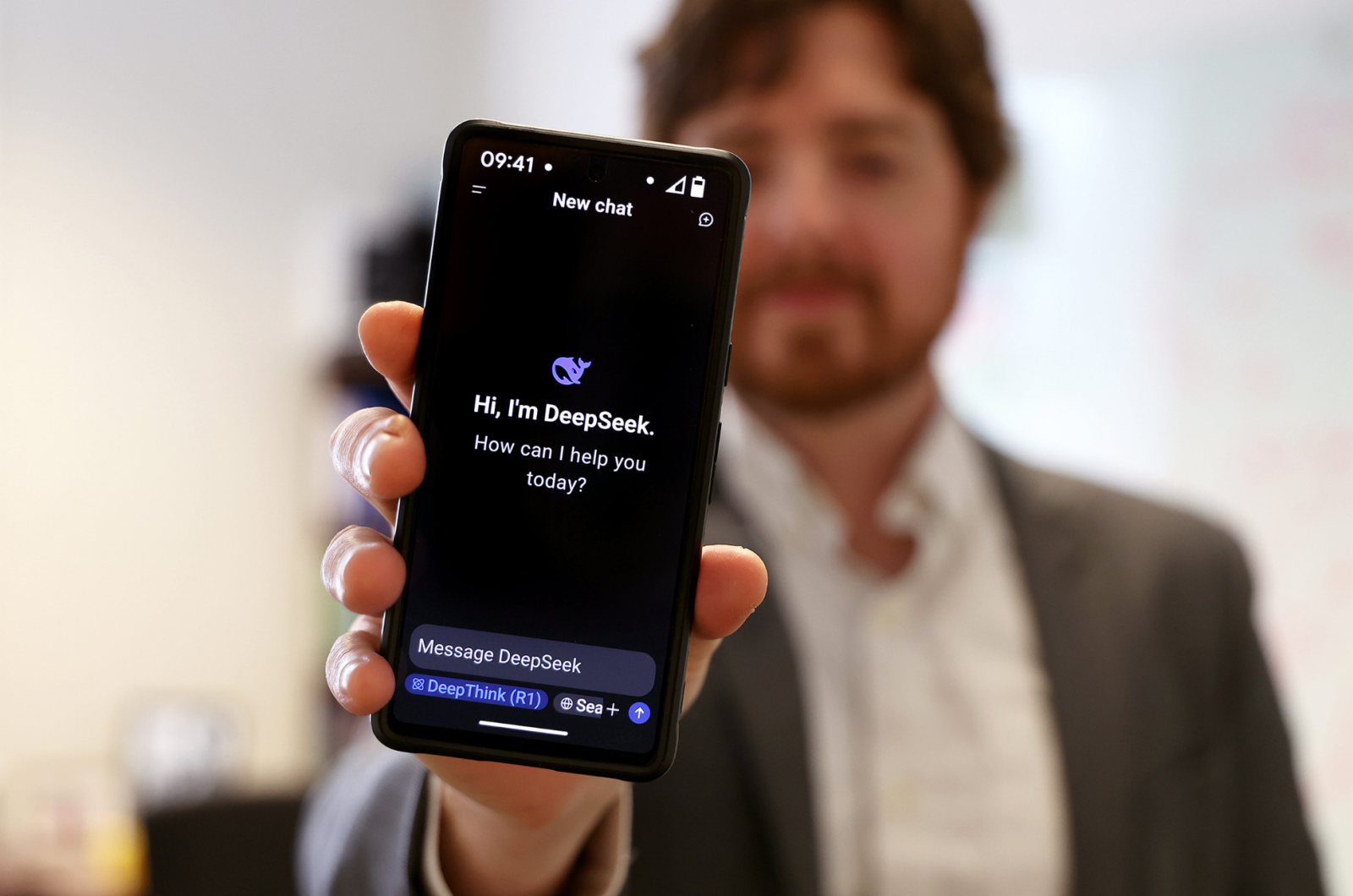
However, many experts immediately doubted the transparency of this figure. Some analysis showed that the actual hardware cost to train a model like R1 could exceed $500 million, especially when DeepSeek had to rent H800 GPU graphics processors - a chip line that is considered "less advanced" than the A100 or H100 chips that the US has restricted from exporting to China. The fact that DeepSeek can produce a powerful reasoning model like R1 with limited hardware conditions has really shocked the global AI community.
The emergence of R1 is not only purely technical, but also political. Immediately after DeepSeek announced the model, President Trump emphasized that this is a “wake-up call” for American technology companies. The fact that a Chinese company can develop advanced AI technology despite bans on GPU exports is a major challenge for the US, and at the same time signals that the “AI race” will not only be a competition for money but also a battle for creativity and resource optimization.
DeepSeek also attracted the world's attention when it announced its 100% open source code. This was considered a wise move, demonstrating both its ambition to lead the technology and creating a large development community so that the model could be quickly improved and applied in practice.
3. Google's AI Mode Marks a New Era of Search
Alongside the platform model races, another revolutionary change is also taking place – this time from Google, the giant that has dominated the online search market for more than two decades.
Google has been experimenting with AI to improve search quality for years. However, at the Google I/O event held on May 20-21 in California, the company officially launched AI Mode.
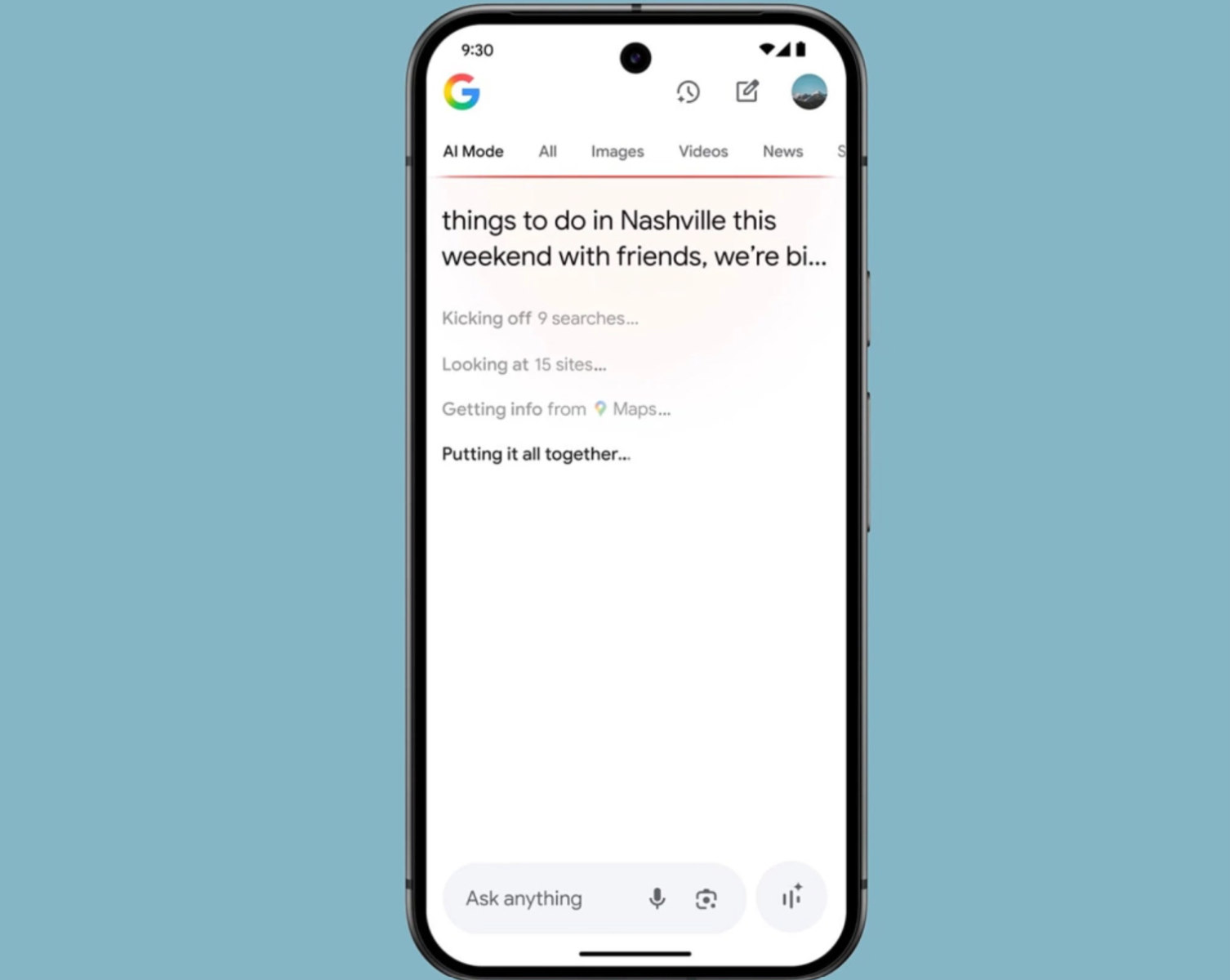
Unlike the familiar blue list of links, Google now provides AI-generated, aggregated answers right at the top of the results page. Users no longer have to click on each link to find information, but can simply ask a question and receive an answer almost instantly, sometimes in more detail than browsing dozens of websites.
Google’s move is not just a matter of technology, but also a matter of survival. In recent years, as ChatGPT, Perplexity, and other AI chatbots have become alternatives to faster searches, Google has been forced to change. AI mode promises to give Google a new “weapon” to retain billions of users, while opening up a space to compete directly with large language models that are threatening traditional search engine advertising revenue.
Many experts believe that this turning point will fundamentally change the behavior of searching for information on the Internet, leading to countless consequences for the SEO industry, online journalism and e-commerce. When AI “packages” answers into a single paragraph, the role of websites and businesses that depend on traffic from Google will have to find new ways to adapt to survive.
4. Sam Altman and Jony Ive develop “AI companion”
While Google is busy transforming search, Sam Altman – CEO of OpenAI is looking further into the future: a world where AI is no longer confined to computer screens or phones. Together with Jony Ive, the design legend behind the iPhone and MacBook, Altman is nurturing a project that is considered the most ambitious in the field of hardware AI.
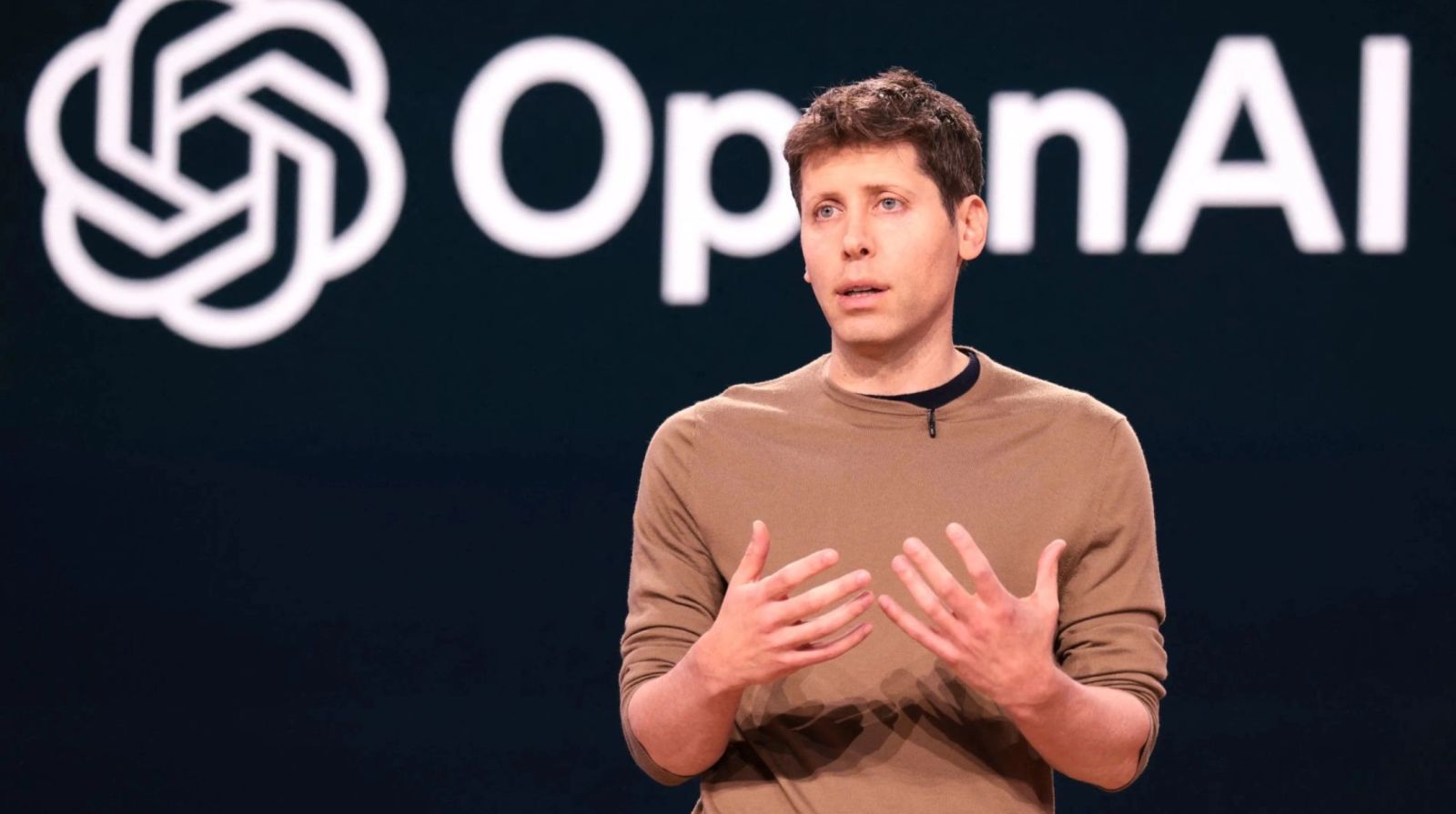
In May 2025, OpenAI officially announced the acquisition of startup IO, a company co-founded by Ive, with the goal of developing a completely new AI device. The idea was revealed: this device would “go beyond the screen”, existing as an “AI companion”, capable of perceiving the environment and the user’s life.
According to internal recordings obtained by the Wall Street Journal, the device will be small and unobtrusive, able to sit on a desk or even be carried in a pocket. It will observe, listen, and learn the user’s habits, offering suggestions and practical support like a real “virtual assistant” rather than just a chatbot on a screen.
While the details are still under wraps, this vision envisions a world where AI becomes a true “companion,” moving with us, understanding us, and supporting us at all times. If successful, this could be the next big leap, redefining the relationship between humans and technology.
5. Meta actively attracts AI talent
In the AI 2025 picture, it is impossible not to mention Meta - the corporation that once made waves with the social network Facebook and is now looking for every way to return to the AI race. CEO Mark Zuckerberg has clearly expressed his ambition not to be "overtaken" by OpenAI or Google, especially in the field of AGI (Artificial General Intelligence).
According to CNBC, Meta is establishing a new AGI development department with a scale of 50 experts, carefully selected. Notably, Meta is not hesitant to use the “weapon” of bonuses to attract the best AI minds. Information spread shows that some OpenAI employees received invitations with contract signing bonuses of up to $ 100 million – a level that was considered unrealistic just a few years ago.
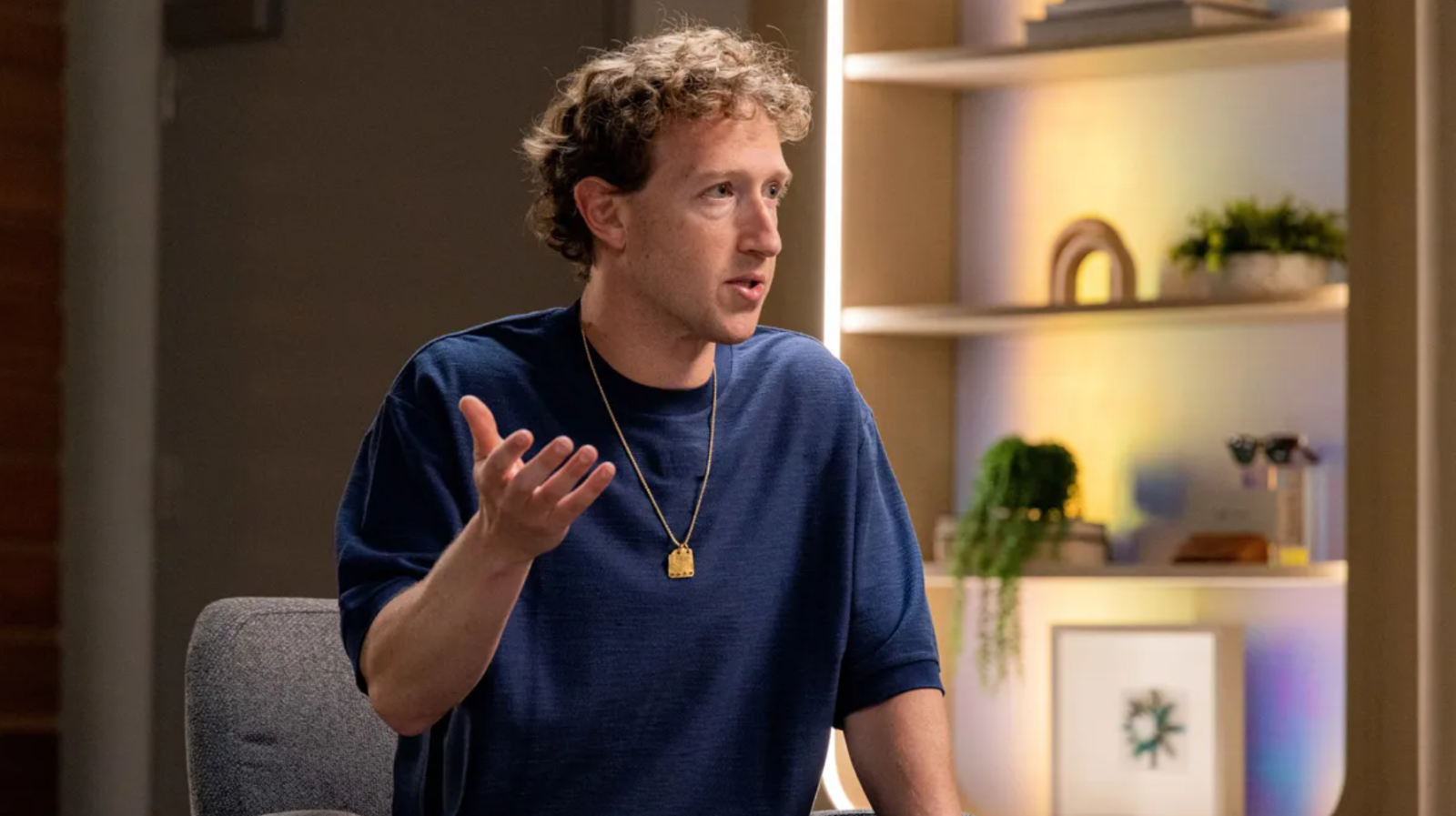
Although Meta CTO Andrew Bosworth has denied that this bonus is for the masses, the willingness of “very senior” leadership positions to accept it partly reflects how fierce the AI talent war is.
Meta is also expanding its influence through strategic investments. In early June, it invested $14 billion to buy a 49% stake in Scale AI, one of the startups considered to have the best AI training data. This deal not only helps Meta gain more data but also directly recruits Scale AI founder Alexandr Wang and a team of top engineers to join the company's AGI development team.
Looking back at the first half of 2025, it can be seen that the global AI race has gone far beyond the framework of chatbot models or individual virtual assistants. This is a three-pillar race: giant computing infrastructure (the US and Stargate), technical breakthroughs and open source (DeepSeek R1), and the war for talent (Meta).
Google with AI Mode is reshaping the way we search and exploit knowledge. OpenAI with Sam Altman and Jony Ive is opening up the way for hardware – AI is no longer just software but will penetrate into life as an “invisible friend”. And DeepSeek shows the world: with an optimal approach, even when lacking hardware resources, it is still possible to create globally competitive AI products.
On this chessboard, the country that controls the data centers, dominates the talent, and develops the core technology will hold a huge advantage not only in terms of economy but also in terms of geopolitical power in the 21st century. And the only thing that is certain is that this race is not over yet.
